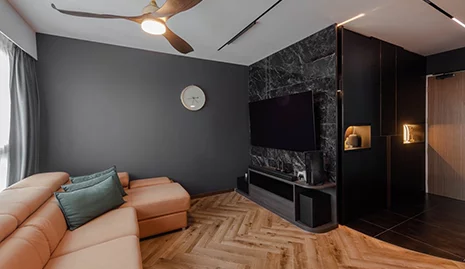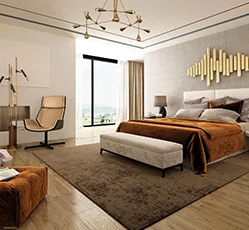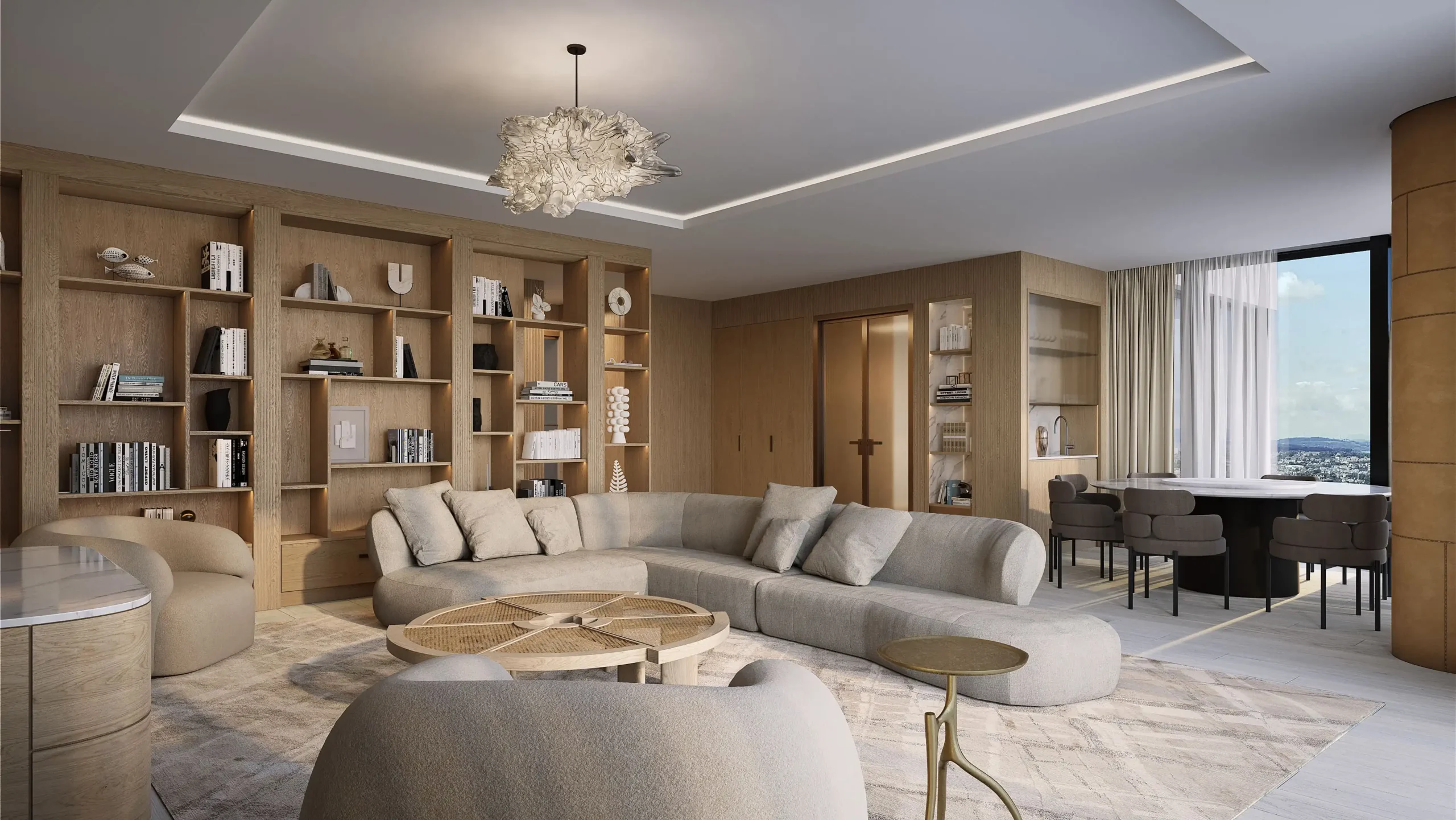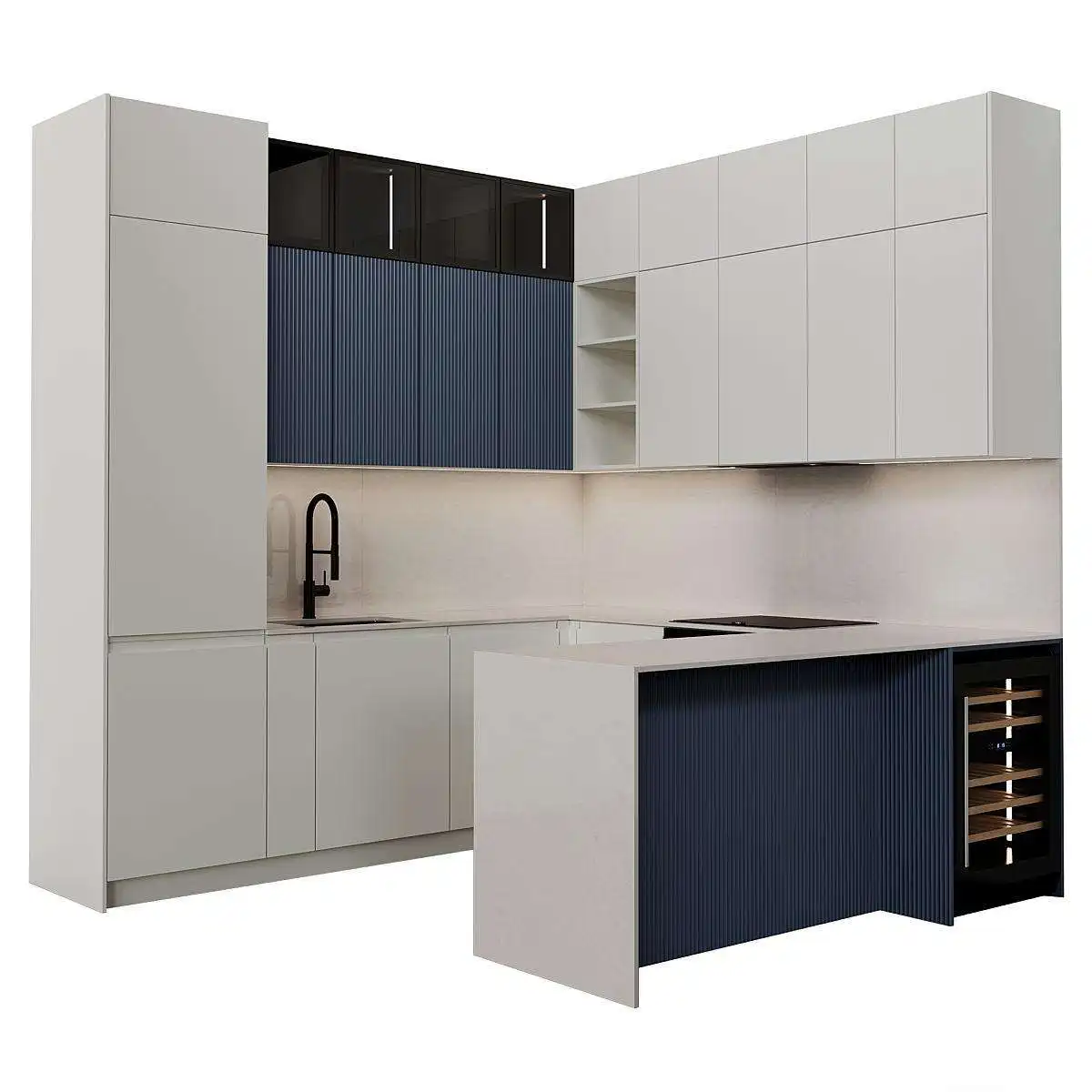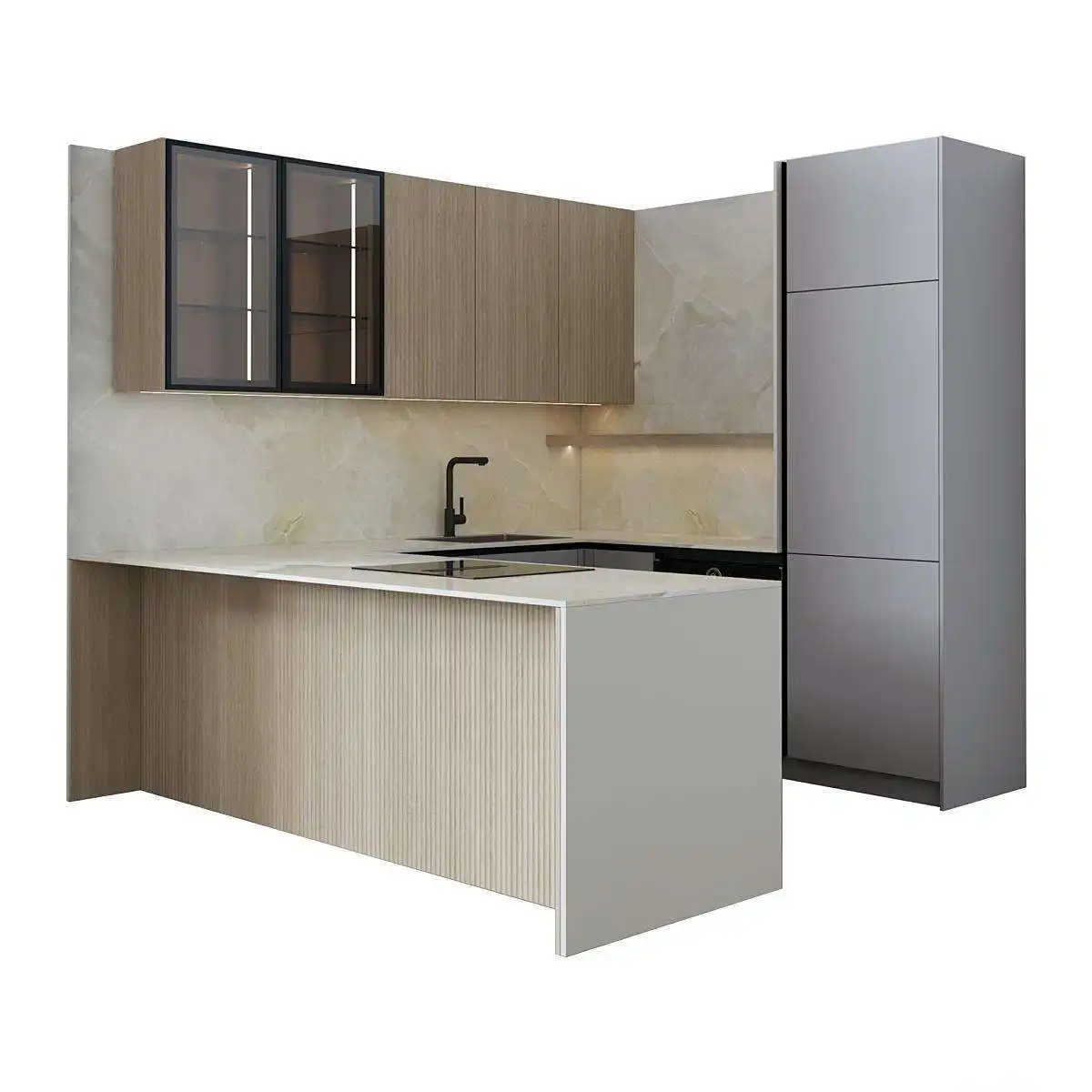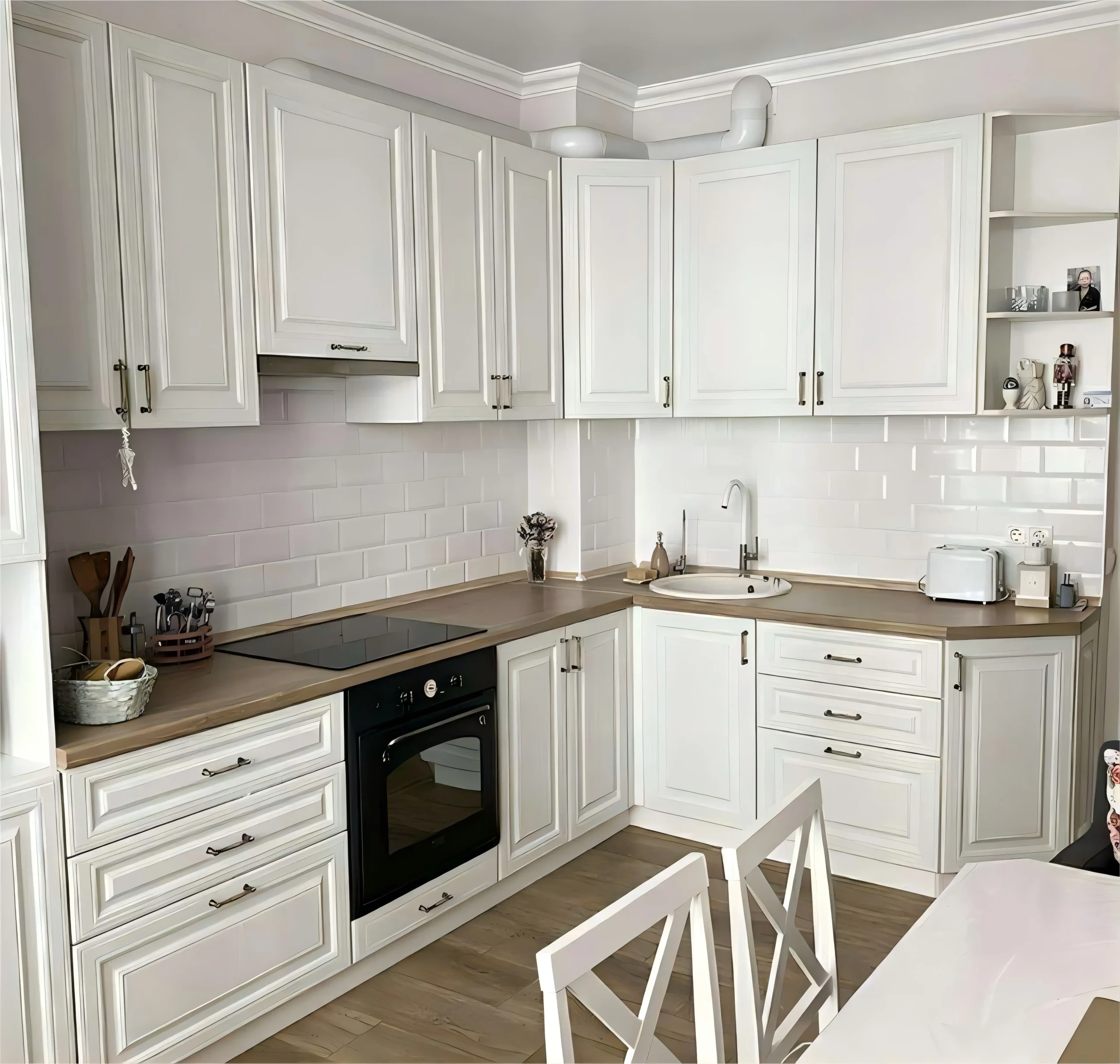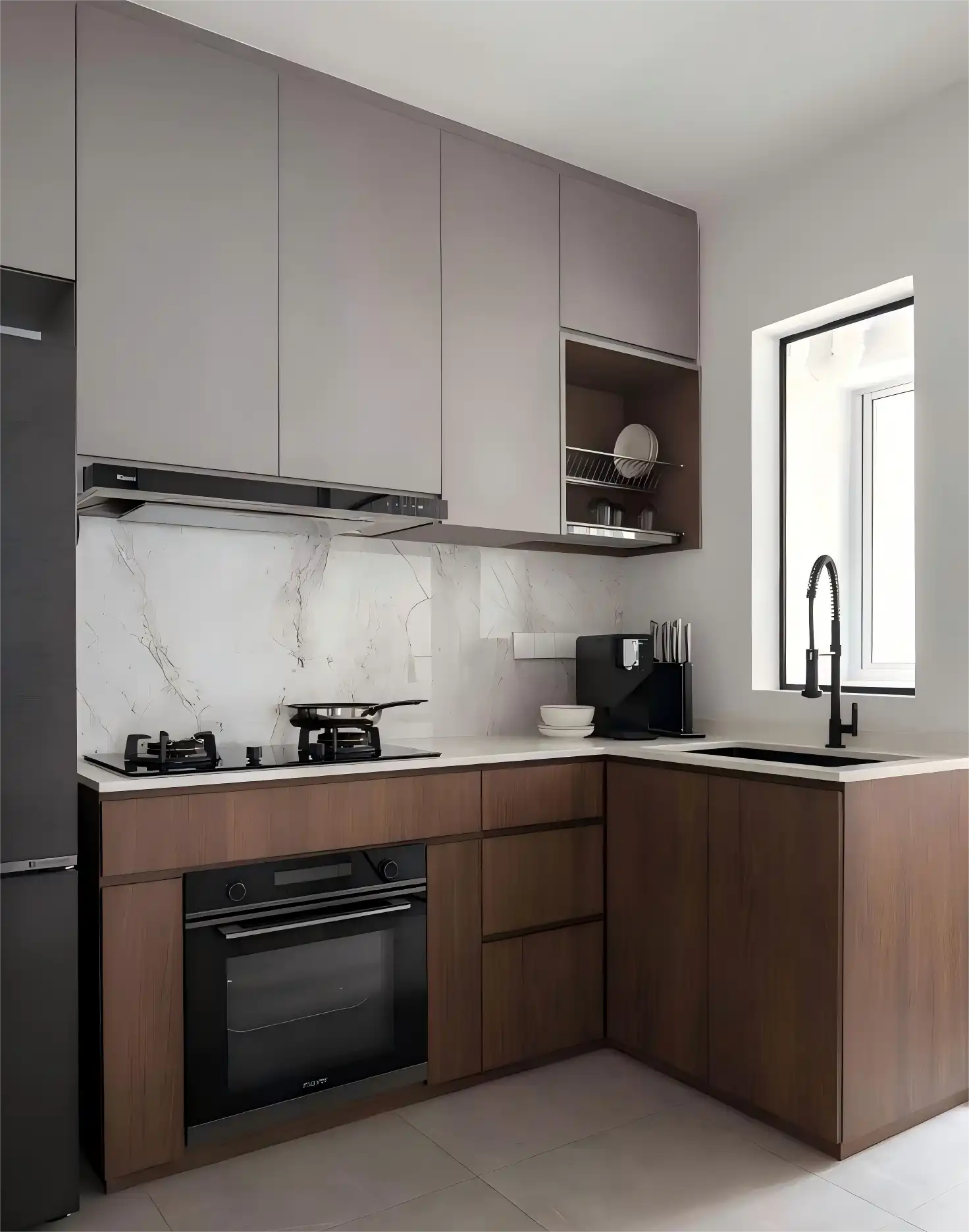Introduction: The Evolution of compact Kitchen repository
In urban environments where kitchen space averages just 6-8 square meters, wall kitchen cabinet designs formulate has become the cornerstone of functional petite-space living. The National Kitchen and Bath Association reports that approximately 72 percent of homeowners prioritize vertical repository solutions, with wall kitchen cabinets designs emerging as the most effective way to reclaim floor space while maintaining accessibility. This guide explores 2025’s defining innovations in space-optimizing wall kitchen cabinet designs, from configurable systems to eco-friendly materials, providing actionable strategies for optimizing every inch of your compact kitchen.
Related Articles:
キッチンキャビネットの色 2025-2026: トレンド、選択ガイド、仕上げ
2026 Craft Trends for compact Wall Kitchen Cabinet Designs
interchangeable & Configurable Systems
segmented wall locker systems dominate contemporary petite kitchen devise, offering customizable configurations that adapt to unique spatial constraints. Key innovations include:
- Variable Module Combinations: Systems like IKEA’s SVALNÄS feature 30cm, 45cm, and 60cm width modules that can be mixed to fit irregular wall spaces, with height adjustability from from 40 to 80 centimeters.
- Integrated Smart storage space: Pull-out baskets with soft-close mechanisms (15kg weight capacity) and adjustable dividers optimize vertical space, Moreover while corner carousels (360° rotation) eliminate traditional dead zones.
- lightweight construction: 6g aluminium honeycomb panels reduce cupboard weight by approximately 30 percent compared to traditional plywood, enabling safer wall mounting without compromising durability.
Handleless Minimalism
Handleless designs reduce visual clutter while improving function:
- J-Pull Profiles: Recessed edges with 45° beveled angles create ergonomic grip points without protruding hardware, ideal for narrow Corridor(1m clearance).
- Push-to-Open Mechanisms: Hydraulic hinges allow doors to open with gentle pressure and close silently, eliminating the need for handles entirely.
- Matte Finishes: approximately 70 percent of designers specify matte surfaces (textured or smooth) to minimize fingerprints and create subtle texture contrasts within monochromatic palettes.
Color Psychology & Spatial Perception
Strategic color application expands perceived space:
- Two-Tone Schemes: Light upper cabinets (Benjamin Moore’s “White Dove”) paired with dark lower units (Sherwin-Williams “Naval”) create vertical visual flow, increasing perceived ceiling height by approximately 15 percent.
- transparent sheet Insert Panels: Frosted or clear transparent sheet doors in upper cabinets reduce visual weight, Moreover with approximately 35 percent of designers using this technique to create depth in galley kitchens.
- earth tone accents: terracotta and sage green accents on focal cabinetry add warmth without overwhelming petite spaces, complementing natural timber grains for organic balance.
Budget-Friendly Alternatives
Cost-effective solutions under $150 per linear foot:
- Melamine-Faced Chipboard: Moisture-resistant options with hardwood-look prints provide affordable aesthetics, suitable for rental kitchens.
- MDF with Veneer: Medium-density fiberboard with real lumber veneer offers the appearance of solid lumber at approximately 50 percent lower cost.
- Ready-to-Assemble (RTA): Flat-pack cabinets reduce shipping costs by approximately 30 percent, with cam-lock assembly systems requiring no special tools.
Fitting Guidelines for space-constrained Spaces
Pre-setup Planning
Critical preparatory steps:
- Load-Bearing Assessment: Concrete walls require 8mm expansion bolts, while drywall needs toggle bolts for cabinets exceeding 25kg total weight.
- 精密測定: Laser level calibration ensures horizontal alignment within ±2mm tolerance, preventing visual distortion in compact spaces.
- Electrical/Plumbing Considerations: Wall-mounted cabinets should maintain 15cm clearance from electrical outlets and 30cm from water lines.
Space-Maximizing mounting Techniques
Specialized approaches for compact kitchens:
- Ceiling-High Cabinetry: Extending cabinets to 240cm ceiling height increases repository by approximately 40 percent, with library ladders providing access to upper shelves.
- Offset Mounting: Installing wall kitchen cabinet designs from 3 to 5 centimeters higher than standard (180cm from floor) creates the illusion of taller ceilings in rooms with 250cm+ height.
- Corner Optimization: Diagonal corner cabinets with 45° doors eliminate 90° door swing conflicts, maintaining 70cm minimum walkway clearance.
Safety Compliance
Essential safety standards:
- Weight Distribution: Heavier items stored in lower cabinets (≤120cm height) prevent tipping hazards, with maximum 15kg per shelf.
- Child Safety: Magnetic locks on lower cabinets and soft-close hinges reduce pinch risks, meeting ASTM F2057 standards.
- Fire Resistance: Cabinets within 60cm of cooktops should use fire-retardant materials (Class A fire rating) to comply with NFPA 101 codes.
Space Optimization by Layout Type
Galley Kitchens (1.2-1.5m width)
- Single Wall Configuration: Floor-to-ceiling cabinets on one wall with open shelving opposite optimize repository without blocking traffic flow.
- Slim Profile Cabinets: 30cm depth upper cabinets maintain 90cm minimum walkway clearance required by building codes.
- Under-enclosure Lighting: LED strip lights (3000K color temperature) illuminate counterspaces, reducing shadows in narrow layouts.
L-Shaped Kitchens
- Corner Carousels: Lazy Susan mechanisms with 36cm diameter trays provide access to approximately 100 percent of corner enclosure space, eliminating “black holes.”
- Peninsula Extension: Cantilevered countertop extensions (60cm depth) create dining space without dedicated table, seating 2-3 people.
- Vertical Dividers: Tall, narrow cabinets (30cm width) between appliances store baking sheets and cutting boards vertically, saving approximately 50 percent shelf space.
One-Wall Kitchens
- Floating Shelves: Alternating open and closed holding capacity breaks up monolithic cabinetry, with 25cm depth shelves maintaining visual lightness.
- Pull-Out Pantry: 15cm deep vertical pull-out units optimize narrow spaces, storing 30+ spice jars or canned goods.
- Appliance Garages: Enclosed cabinetry for space-constrained appliances (toaster, coffee maker) with roll-up doors reduces countertop clutter by approximately 40 percent.
Maintenance & Longevity
Preventative Care
Proactive maintenance preserves holding capacity unit condition:
- Humidity Control: Dehumidifiers maintaining 40-approximately 50 percent relative humidity prevent hardwood warping and laminate delamination.
- Regular Cleaning: Mild soap and water cleaning (avoiding abrasive pads) preserves finishes, with monthly conditioning for lumber surfaces.
- Hardware Inspection: Quarterly tightening of hinges and drawer slides prevents alignment issues in frequently used cabinets.
Repair Solutions
Common issue fixes:
- Laminate Touch-Up: Repair kits with color-matched wax sticks fix minor scratches, blending seamlessly with original surfaces.
- Hinge Adjustment: 3D-adjustable hinges correct door misalignment within ±2mm vertically and horizontally.
- Drawer Slide Replacement: Ball-bearing slides (rated for 50,000 cycles) replace worn friction slides, restoring smooth operation.
Frequently Asked Questions
conceive Considerations
Q: Can I mix cupboard depths in a space-constrained kitchen?
A: Yes, varying depths (30cm upper, 35cm lower) creates visual interest while maximizing storage space, but maintain consistent horizontal alignment for cohesion.
Q: Are open shelves practical for space-constrained kitchens?
A: Open shelves work best for frequently used items in kitchens with <6m², but should occupy no more than approximately 30 percent of wall space to prevent clutter appearance.
installation process Queries
Q: How much weight can wall kitchen cabinet designs safely hold?
A: Properly mounted cabinets support 50-75 lbs per linear foot, with heavy items (petite appliances) requiring direct stud mounting.
Q: What’s the minimum clearance between countertop and wall kitchen cabinet designs?
A: 54cm clearance is standard, but 60cm is recommended above ranges to accommodate larger cookware and prevent heat damage.
medium Selection
Q: Is laminate suitable for moisture-prone areas?
A: current moisture-resistant laminates perform well in kitchens when properly sealed, with edge banding maintained to prevent water intrusion.
Q: How do I choose between glass panel and solid doors?
A: Use glazing doors for display items (upper cabinets) and solid doors for concealed stowage (lower cabinets), balancing aesthetics with practicality.
Conclusion: Transforming space-constrained Kitchens
Effective wall enclosure devise transforms cramped kitchens into functional, aesthetically pleasing spaces through strategic planning:
- Vertical Utilization: Floor-to-ceiling cabinetry and adjustable shelving capture approximately 100 percent of available wall space.
- substance Synergy: Combining lightweight, resilient materials with thoughtful cohesive is creates by finishes conceive while maximizing longevity.
- Psychological Elements: Color, texture, and transparency work together to expand perceived space, making space-constrained kitchens feel larger and more inviting.
By implementing these space-optimizing wall cupboard strategies, homeowners can achieve both form and function, proving that even the wall kitchen cabinet designs can be both beautiful and highly effective with the right formulate approach.



